July 30 is World Day Against Trafficking in Persons.
This year, the UN’s theme for the day is “Reach every victim of trafficking, leave no one behind.”
The UNODC’s most recent report on human trafficking showed a decrease in the number of victims for the first time since they started gathering data—however, this is not reason to celebrate as it would seem at first.
The report suggests it’s actually a cause for concern because the pandemic decimated countries’ resources so that reporting trafficking victims was a lower priority, and because the pandemic pushed trafficking further underground. Since schools and businesses were closed, traffickers shifted to more online/private methods, and the crime became harder to track.
As the world recovers from the devastation of the pandemic, the UN chose this theme to encourage everyone not to forget or grow complacent about the injustice of human trafficking.
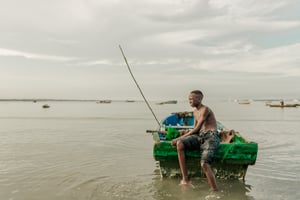
Are you unsure about what human trafficking is? We define human trafficking as moving someone into slavery, and we define slavery as the illegitimate subjugation of a person’s time and body for personal gain. Learn more on this page.
The critical first step
Raising awareness can seem like an insignificant effort, but it is a critical first step to motivating anyone to do something about it. Love Justice started working against human trafficking in 2006 as awareness of this injustice began to grow. Many of our staff joined the team after hearing about trafficking from some type of awareness campaign.
In 2003, according to UNODC reports, only 35% of countries had any laws against trafficking in persons. By 2020, 98% of countries had at least one law against it.
If almost every single country has laws against trafficking today, how are there still millions of people around the world living in slavery?
- Laws are generally not all encompassing.
- Law enforcement officials are sometimes corrupt and will accept bribes from traffickers.
- Developing countries often lack the resources to enforce the laws properly despite efforts to make improvements.
- Marginalized, impoverished, or otherwise disadvantaged communities—the common targets for trafficking—are often the ones overlooked or “left behind” even where laws exist.

Sabina* almost slipped through the cracks in this way. As a 13-year-old girl from alcoholic, abusive parents, she didn't have many options available to her. When a newlywed couple deceived her into traveling with them, intending to sell her for money, she might have simply disappeared without a trace. Read her story here.
Much has been done thanks to awareness campaigns, but much is still needed.
Awareness is also important because misconceptions still abound. Maybe you’ve seen the recent Sound of Freedom movie and are wondering if child trafficking is really a reality.
It’s true that the underground nature of the crime makes it difficult to provide accurate numbers—but from the best data available (linked below) as well as the lived experience of our organization and staff, we do believe that child trafficking is common in some parts of the world. Our monitors stationed at border crossings, train/bus stations, and airports are personally finding case after case. This chart shows the age range of potential victims that we have found in our work, with about 60% being minors.
Check out this article to see some of the human trafficking facts that we do know, and this one to see some of the facts commonly reported that we are less certain about.
The fruit of awareness
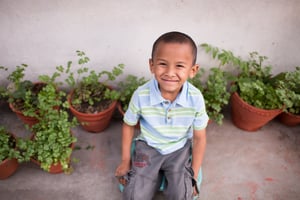
Has your heart been broken learning about the modern-day reality of slavery? The good news is that we can do much more than rescue people—we can stop them BEFORE they are trafficked. When a trafficker deceives a person and entices them to travel toward some false opportunity, we can interrupt the entire process before they reach their destination, BEFORE exploitation occurs.
The chart above represents real people—children, teenagers, and adults—that our monitors intercepted before they could be trafficked.
Our monitors recently passed 45,000 intercepts since our beginning as an organization. Awareness is the first step toward this kind of impact, the first step toward changing the narrative for so many lives.
Are you ready to join the fight?
- Keep learning. Check out the articles and reports linked above.
- Spread the word. Share about human trafficking with friends and family; share our posts on social media (@lovejusticeintl).
- Donate at the link below to help us continue and expand our work.
*All data and statistics current at the date and time of publishing. Names changed and some specific locations excluded for privacy and security purposes.
-1.png?width=500&height=500&name=LJI_MAINLOGO_WhiteBackground%20(1)-1.png)
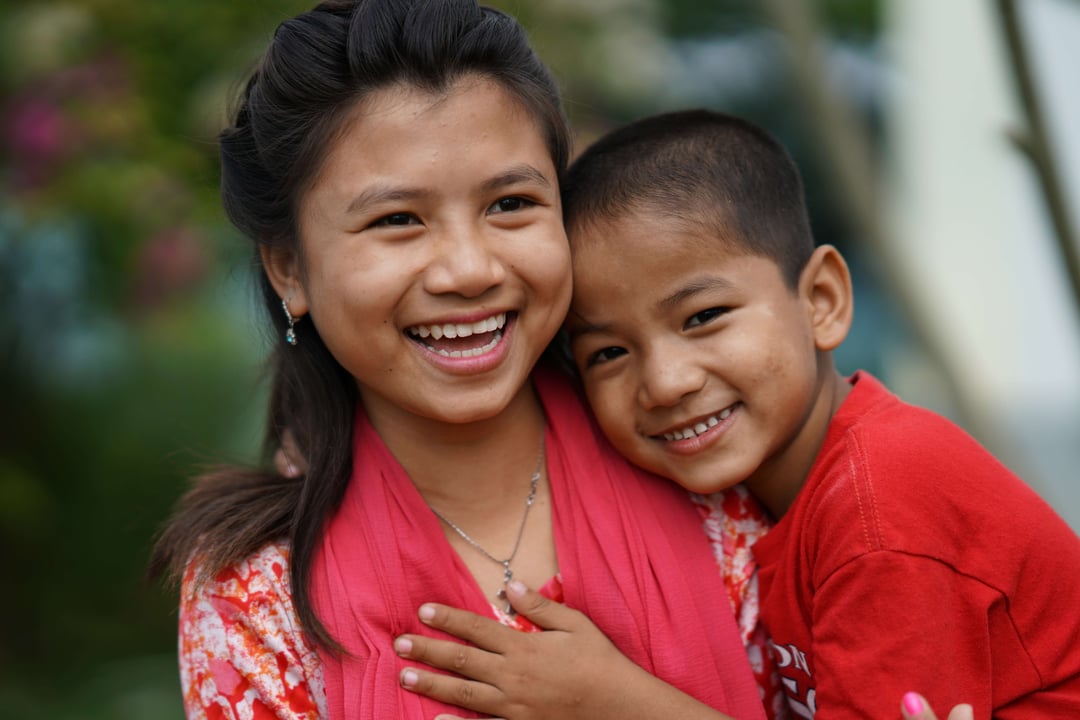
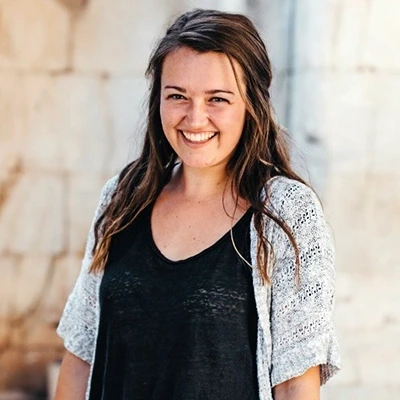
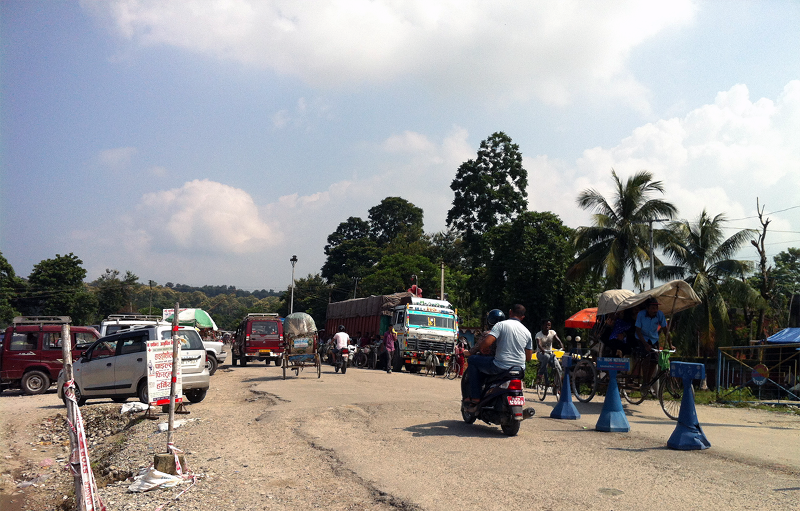
/bimala_feature_blog.webp)
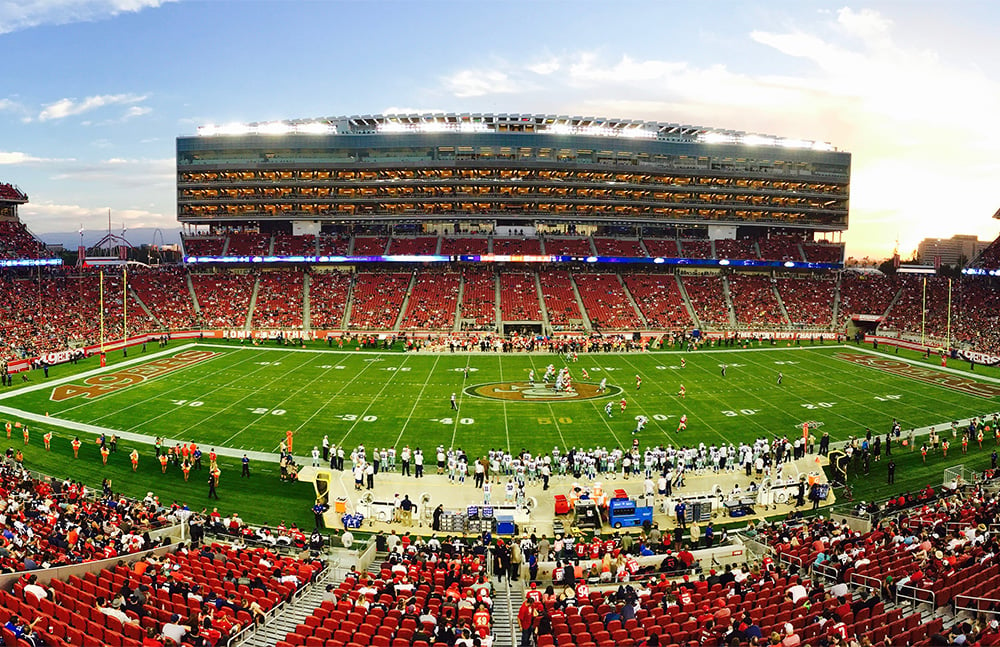
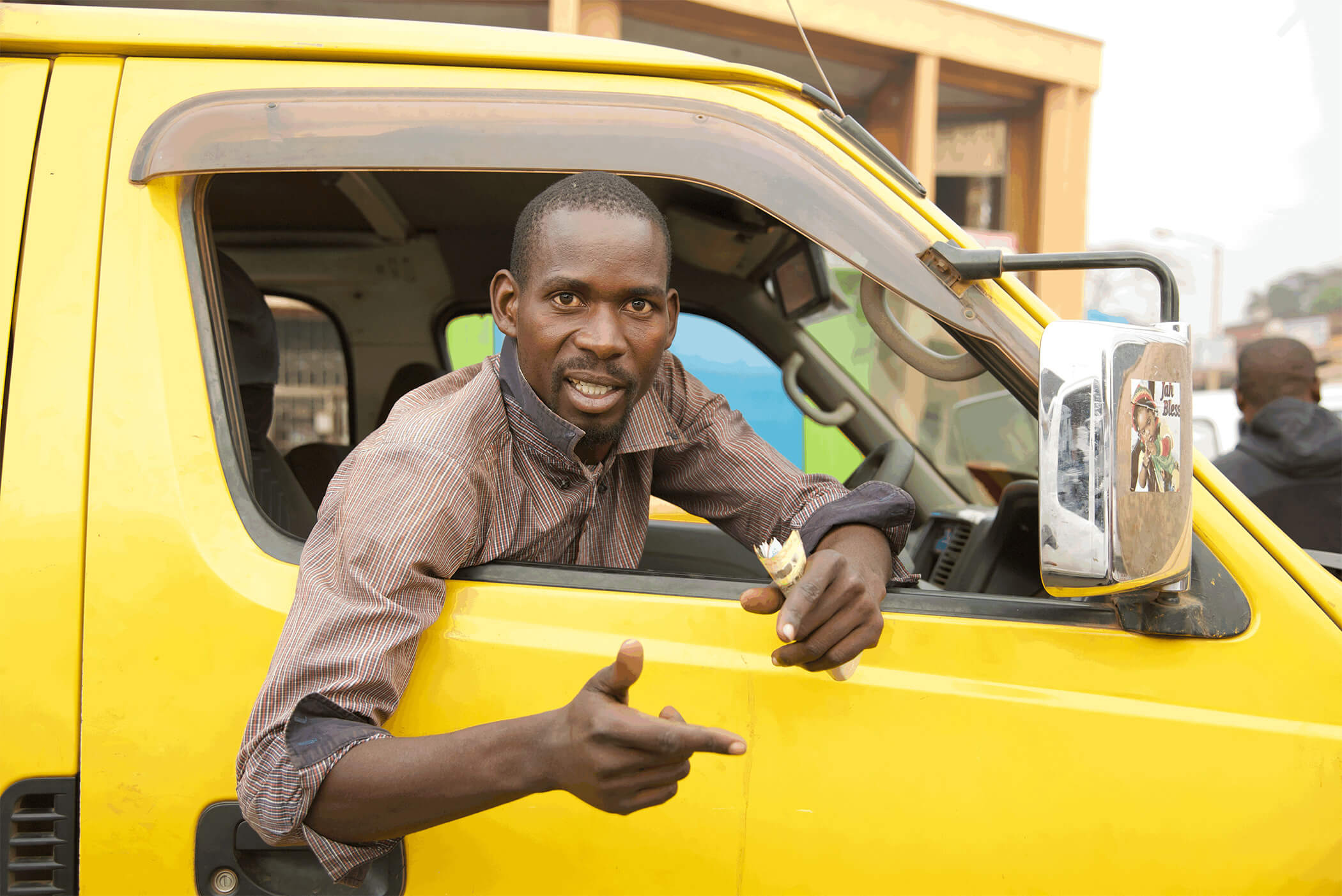
/boy_girl_asia_streets.webp)
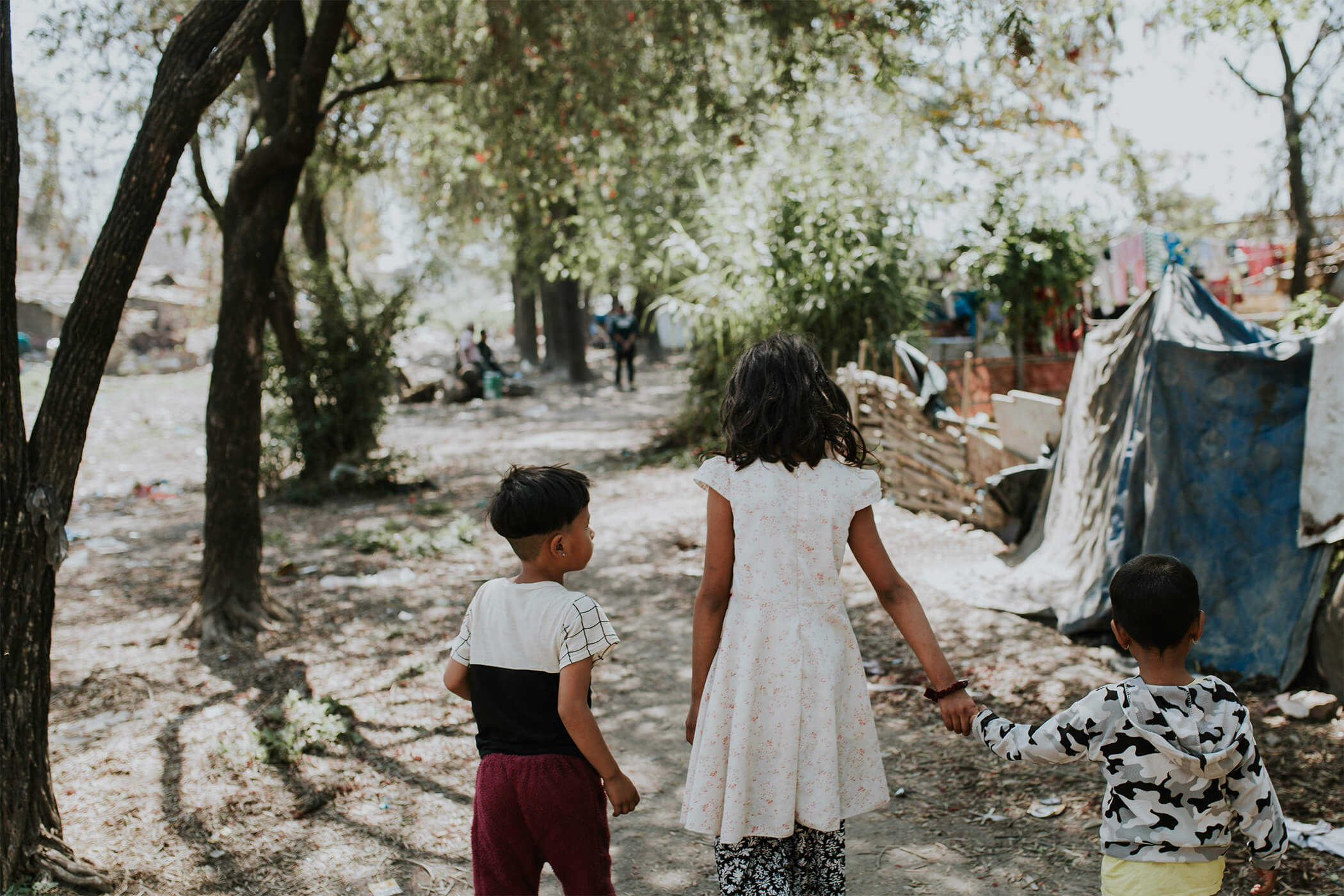
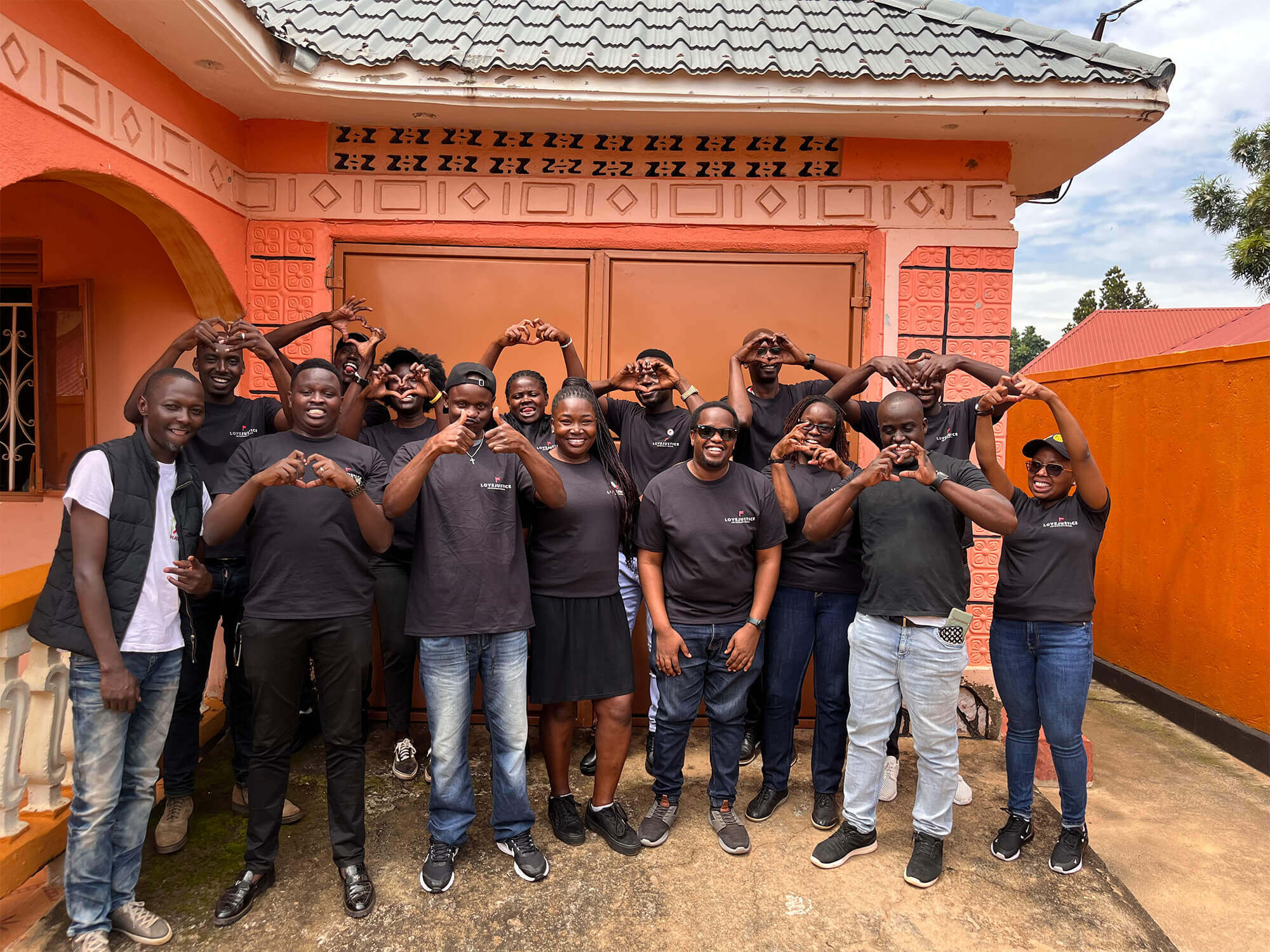
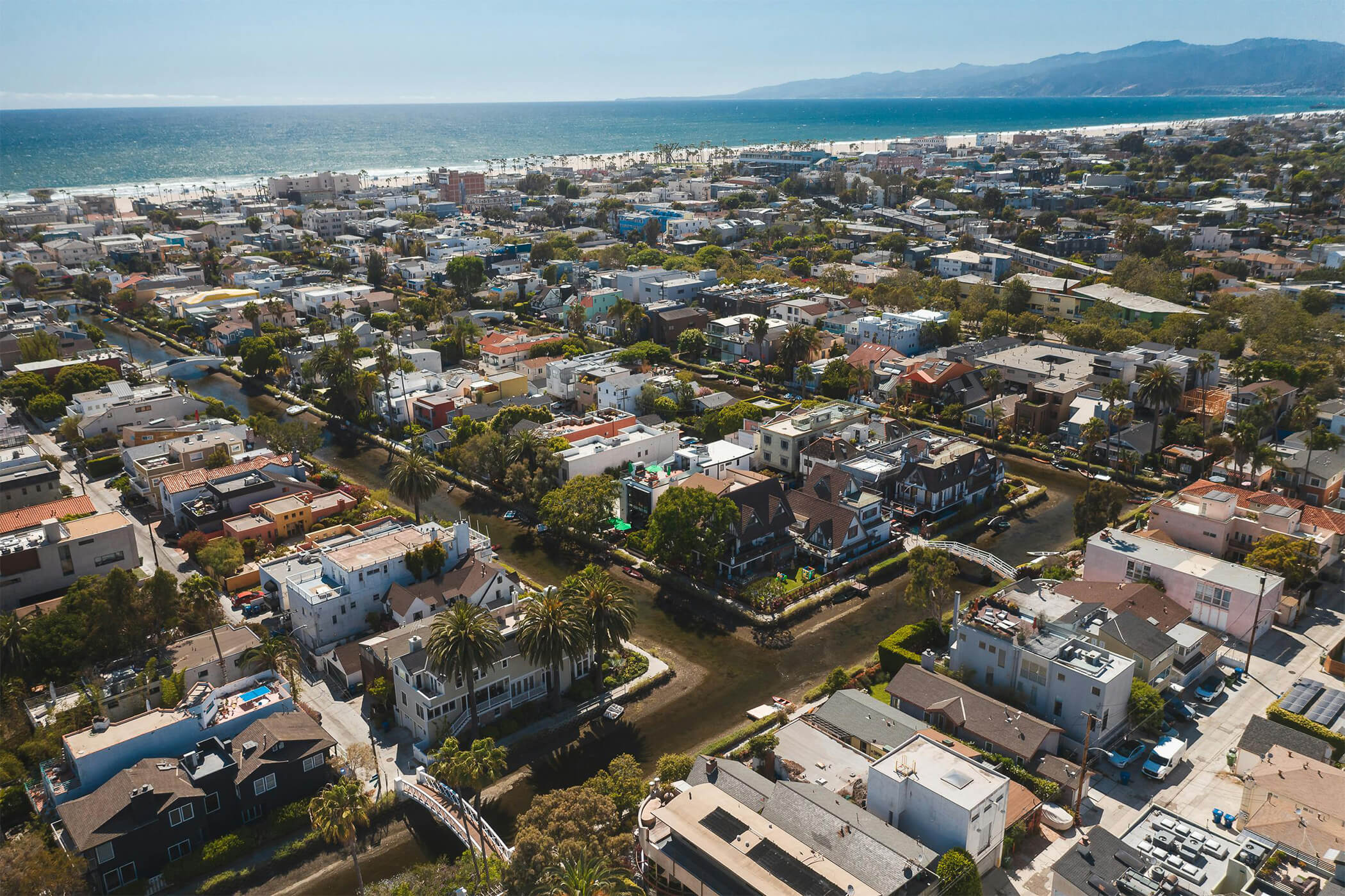
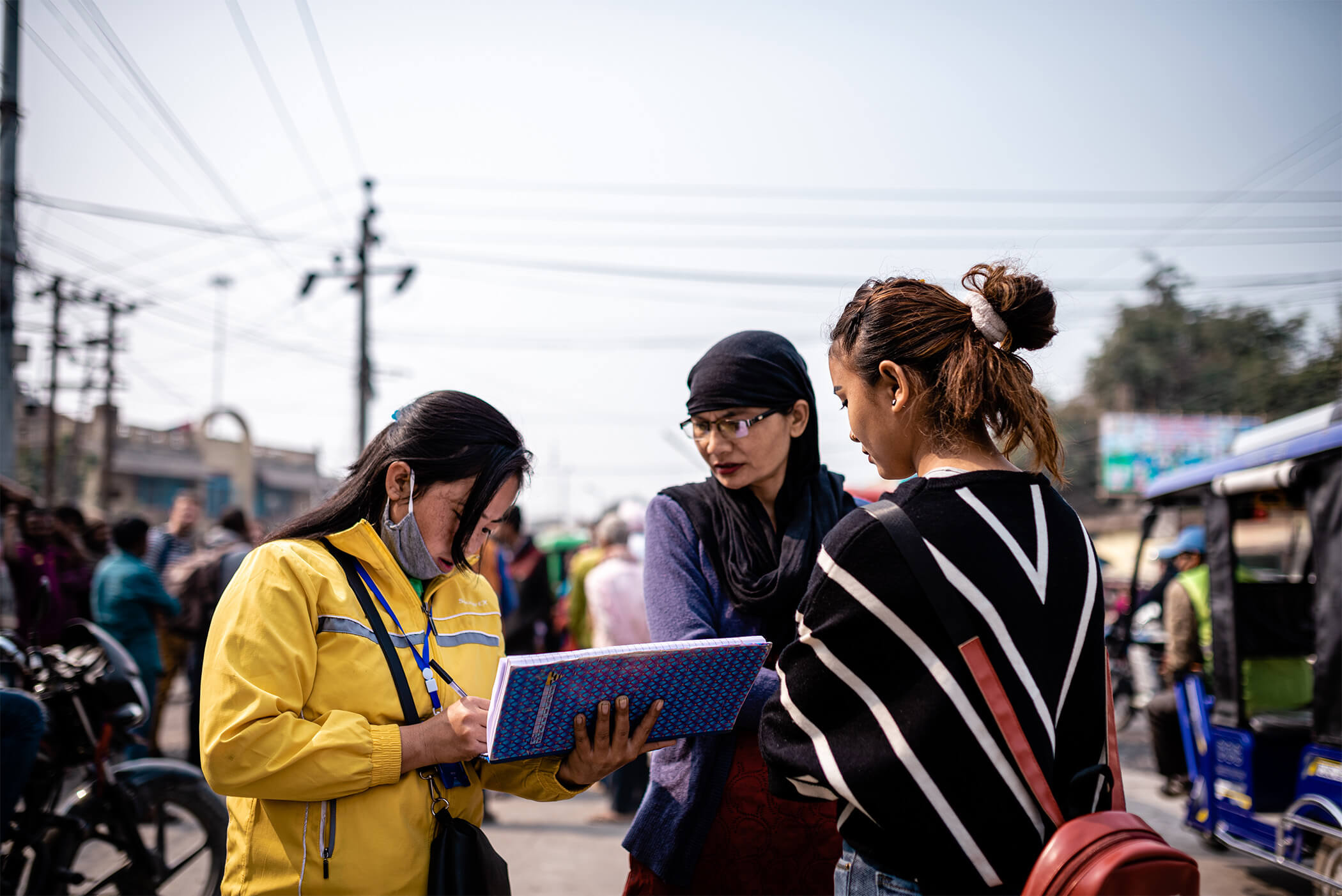
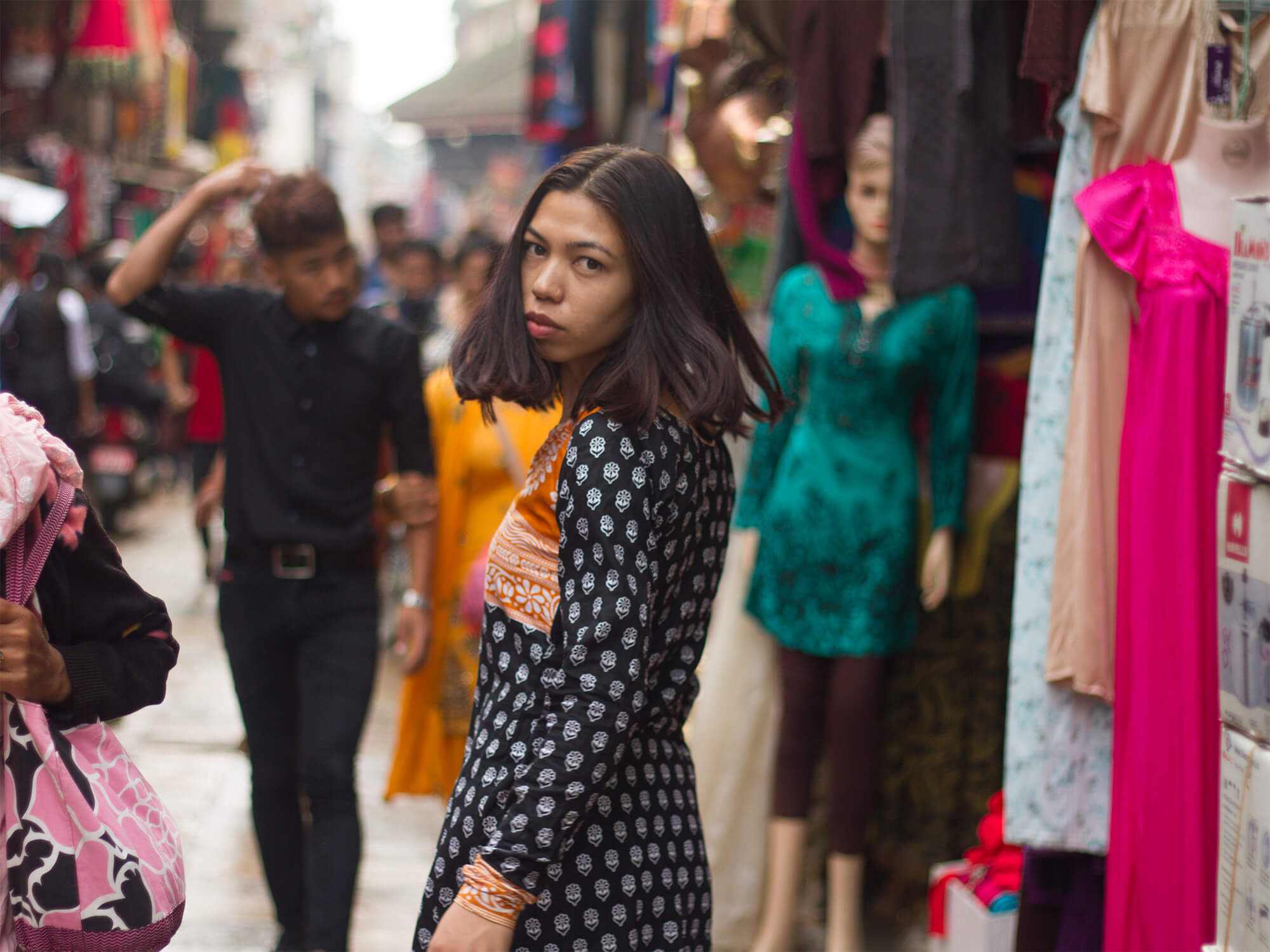

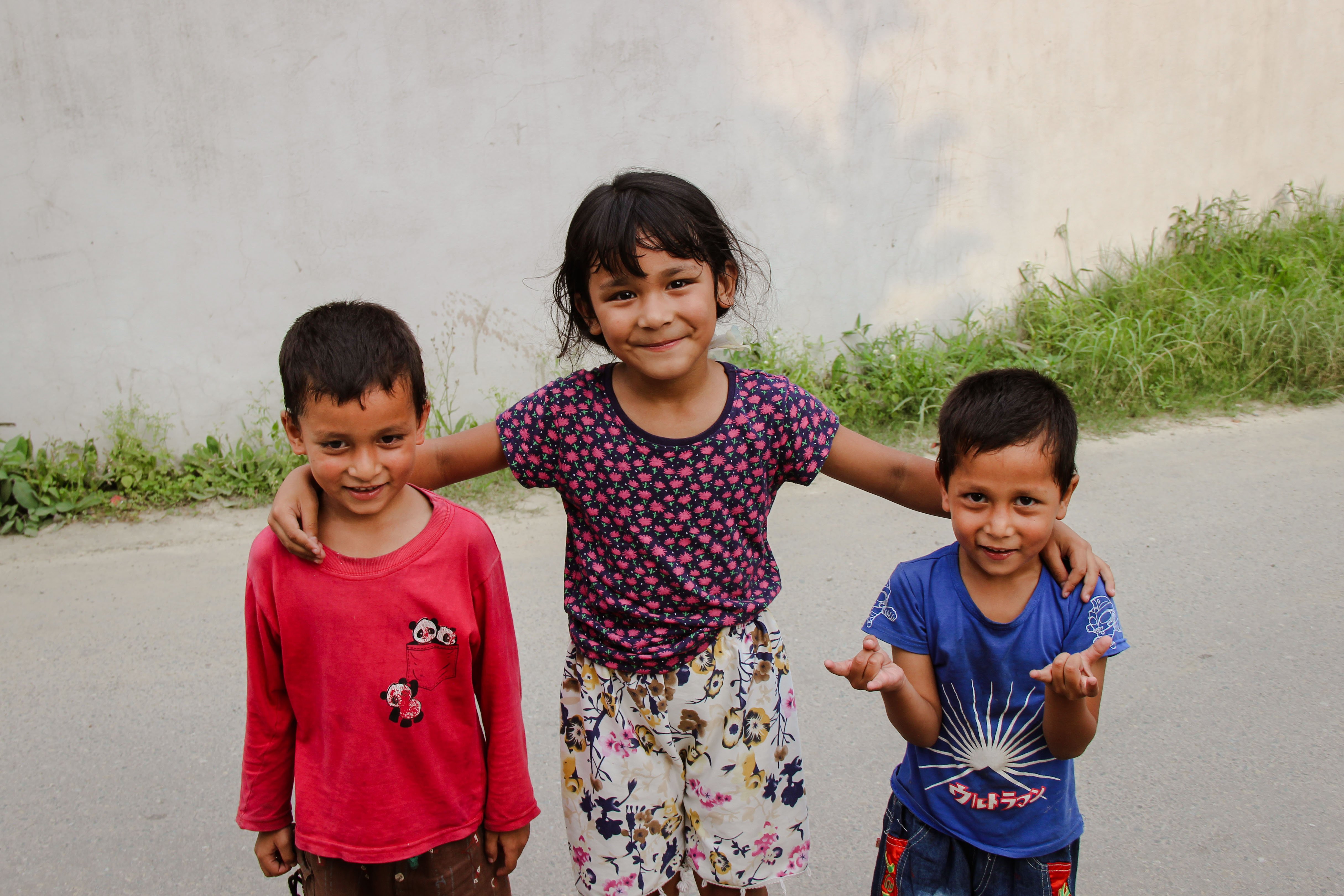
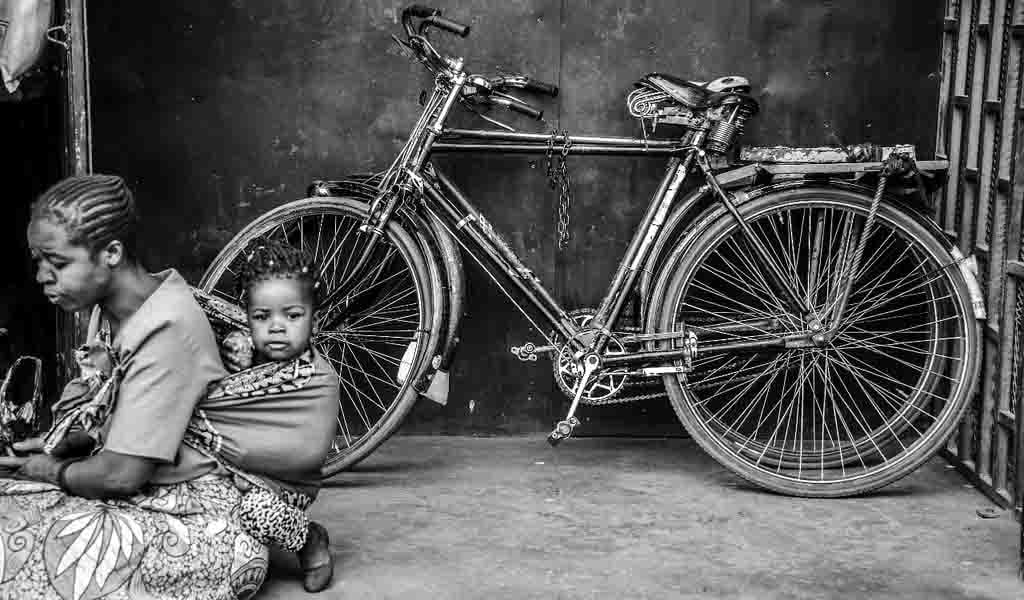
/48039119848_54d4c1e6a3_z.webp)
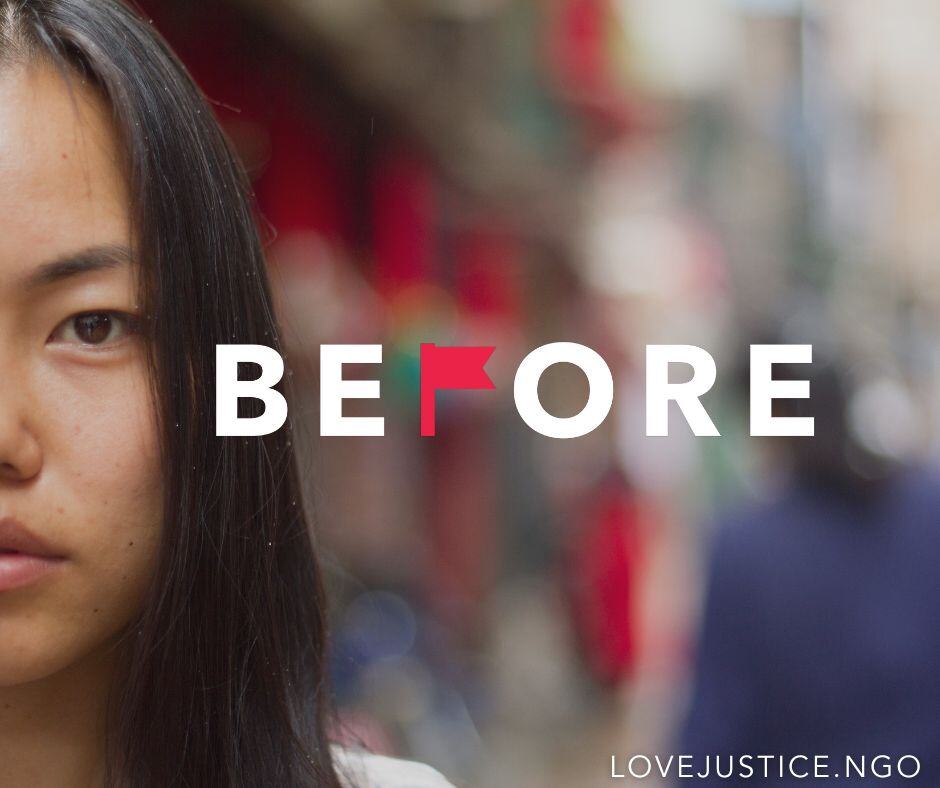
/young_woman_looking_out_end_human_trafficking.webp)
/Nepali_girl_2-1.webp)
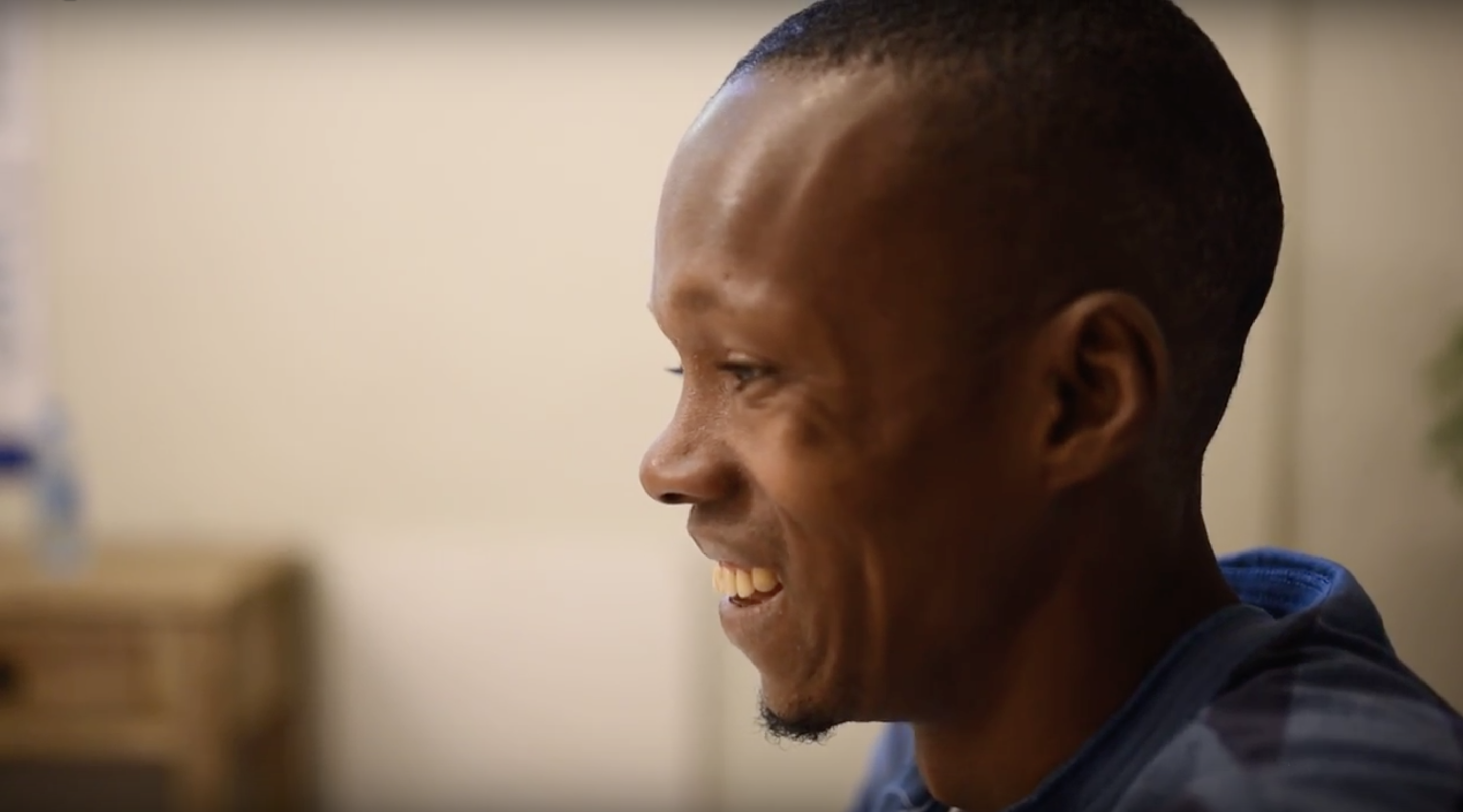
/covid_19_monitor_africa.webp)
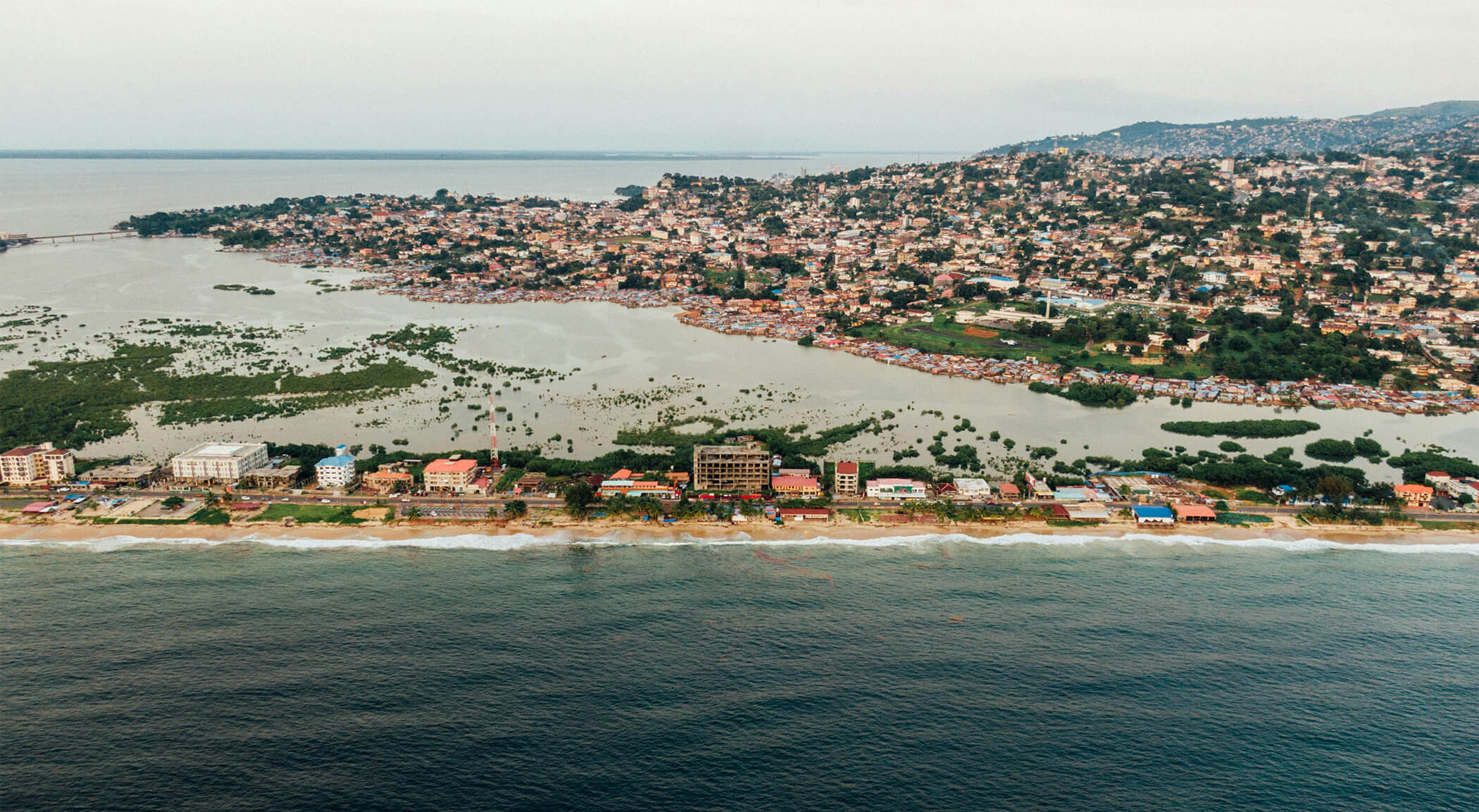
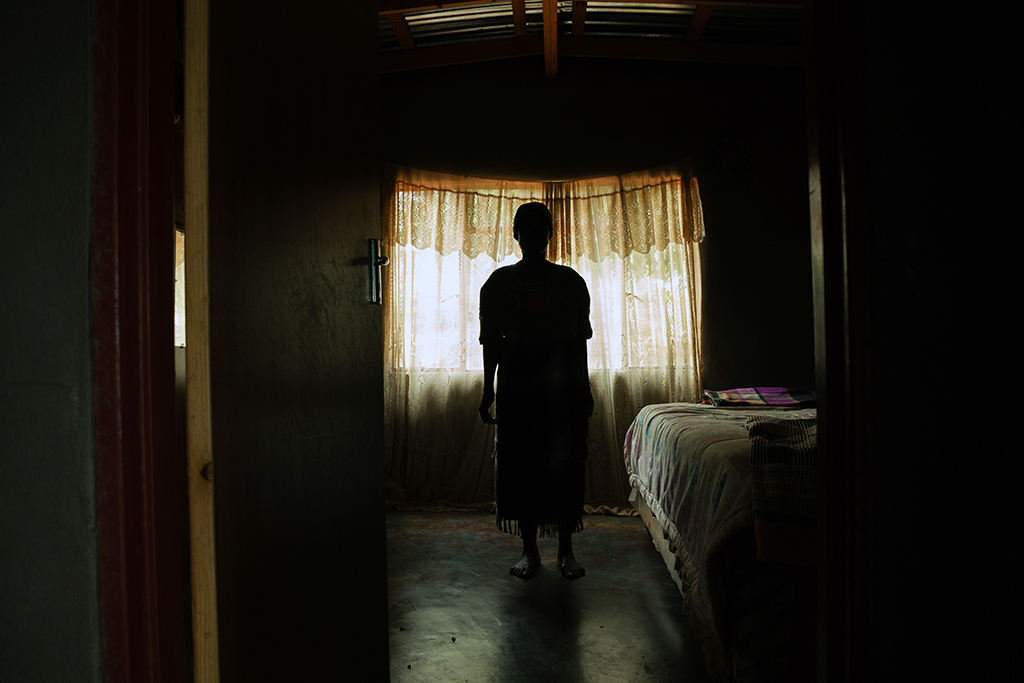




Post a comment